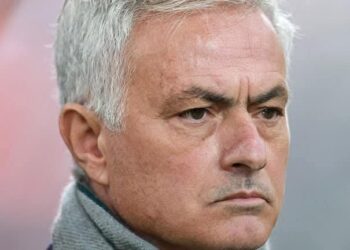Recent tensions between Logan Lightning and Brisbane Roar have reportedly escalated, placing both clubs in a difficult situation. Historically, these teams have faced each other several times, but their dynamic now seems fraught with underlying issues that go beyond the usual league competition, though concrete details are sparse. Logan Lightning has often been an underdog in head-to-head matchups, and it currently holds a lower position in the standings compared to the Brisbane Roar Youth team, which has had a mixed season in Queensland’s National Premier Leagues (NPL)
This rivalry stems in part from the competitive structure of the NPL, where second-tier teams, such as Brisbane Roar Youth, interact with independent clubs like Logan Lightning. Although this competition generally encourages player development and local talent promotion, it also leads to pressures when youth development and performance expectations come into play, which can strain relationships between clubs. Brisbane Roar Youth, affiliated with a well-established A-League team, often prioritizes the development of young players. Conversely, Logan Lightning, as an independent club, might feel sidelined or under-resourced compared to the Roar’s affiliations and resources, creating a perceived imbalance in league dynamics.
The strain may also be exacerbated by recent player movements and performance pressures on both clubs. Rahmat Akbari, a former player associated with Brisbane Roar and a member of Logan Lightning in his early career, is one example of a player navigating between these types of clubs. Such movement highlights the fluidity and sometimes competitive tension in player retention and development between club systems.










